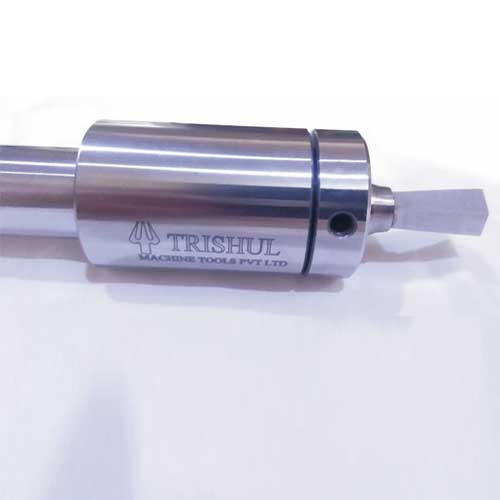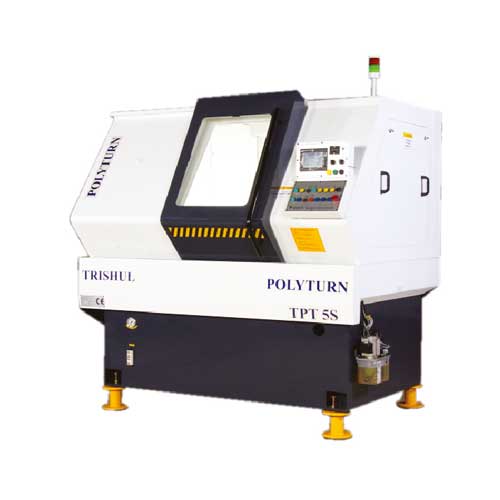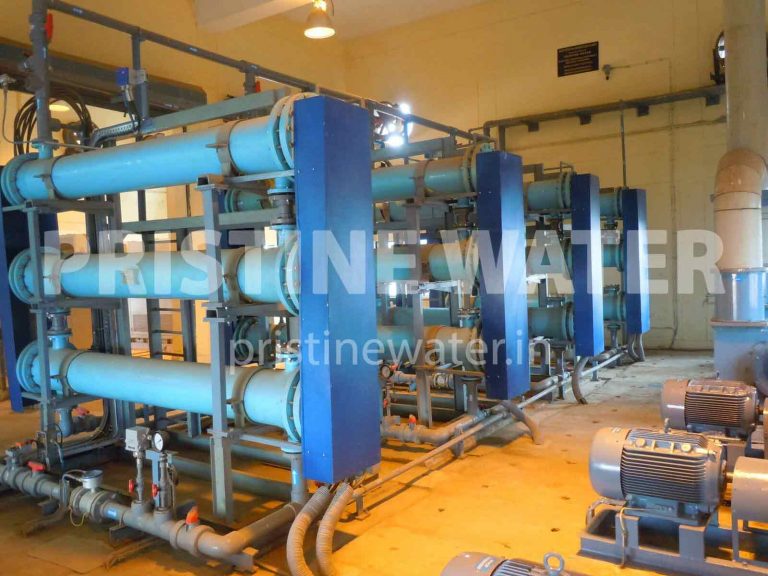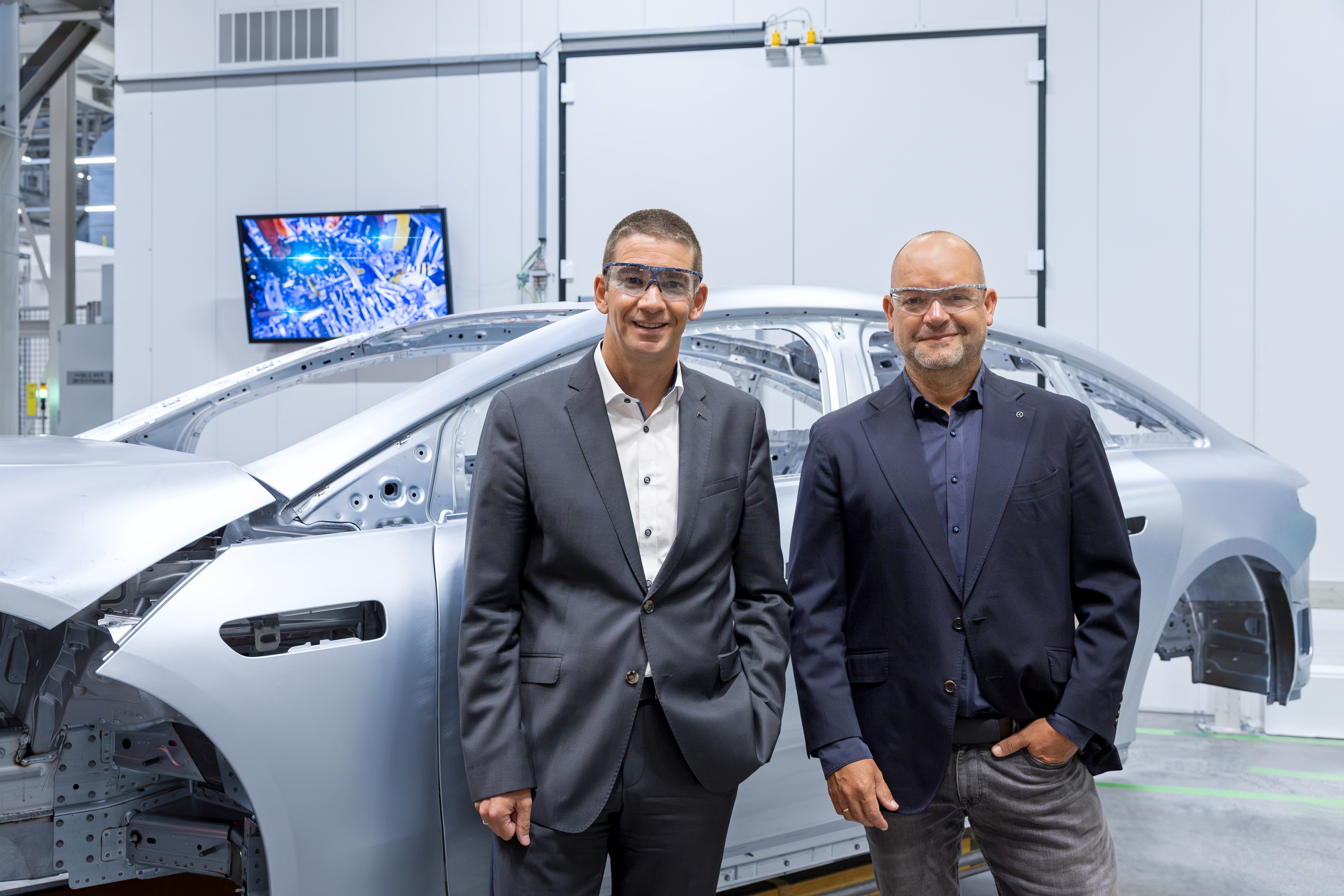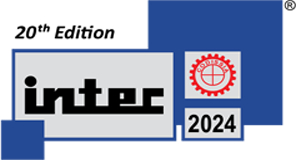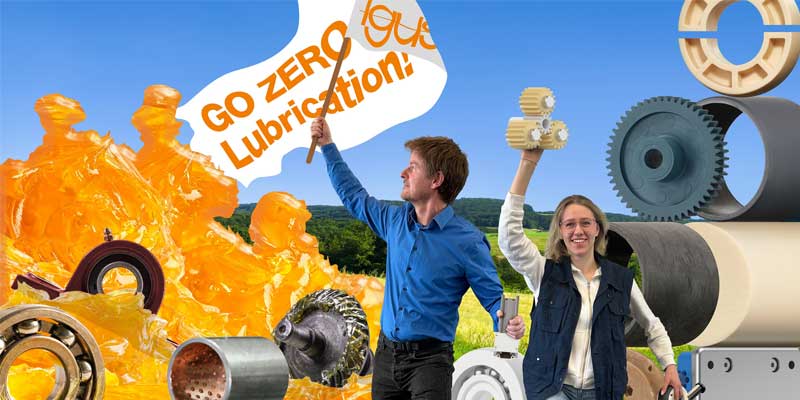Schedule a Call Back
Sea Water Electrochlorination System
Sea Water Electrochlorination System
Why is Chlorination is required in seawater treatment plants
The purpose of the Seawater Hypo Chlorination System is to generate and Inject Hypochlorite solution into Sea Water Intake Structures to inhibit the growth of the biological organisms and to prevent slime deposits on the wall of circulating cooling water pipes.
The seawater from the sea will be delivered to the Hypochlorination System. If the pressure is not sufficient, it will be boosted by means of Seawater Booster Pumps (which shall be located within the Hypochlorination Building). Seawater Booster Pumps will feed seawater to automatic backwash strainers to ensure that the seawater is rid of large debris. Seawater will then pass through Hypochlorite Generators where the sodium hypochlorite solution will be generated from seawater by the electrolysis process. The generated sodium hypochlorite solution will be stored in the downstream Hypochlorite Solution Storage Tanks.
Hypochlorite solution from storage tanks will then be dosed continuously as well as intermittently (shock dosing) to the intake structure. The continuous Hypochlorite dosing rate shall be controlled manually in order to maintain a level of 0.2 mg/l free residual chlorine at the cooling water discharge at the seal pit. Shock chlorination has been envisaged at 5 mg/l with a frequency of once every 8 hours for a duration of 20-30 minutes.
Main equipment in the Seawater Hypochlorination System
Seawater Booster Pump
These pumps are required if inlet seawater is not provided at a pressure of at least 2 kg/cm3. These pumps are normally made up of Duplex Stainless Steel. Working and stand by pumps are provided with inlet and outlet valves, check valves, and required instruments.
Auto Backwash Strainers
The mechanical cleaning of the circulating water is performed by Automatic Backwash Strainers. The strainers can remove suspended solids of a particle size larger than 0.5 mm and be automatically self-cleaning. The strainers are complete with interconnecting pipework, isolating valves, pressure gauges, and automatic backwash equipment. The operation
of the strainers will be controlled by a differential pressure switch. One strainer will
be on stand-by.
Hypochlorite Generators
The main equipment of the system is the Sodium Hypochlorite Generator, otherwise known as an Electrolyzer. The generators are used to produce the hypochlorite solution and will be
installed indoor. These can be of Horizontal type or Vertical type depending on the space available, capacity, and configuration. Most of the time, two or three Electrolyzer cells are connected together to achieve the desired capacity. The hydraulic connections are either parallel or in series.
Transformer/Rectifiers
The Transformer Rectifier controlled power supply will be self-cooling. These can either be Air-cooled, Seawater cooled or Oil cooled and fitted with rectifiers of either Thyristors or Diodes. The output of the hypochlorite from each generator is directly proportional to the direct current (D.C.) output of the power supply. The Transformer/Rectifiers are provided with control panels for local and/or remote control and monitoring.
Acid Cleaning Unit
The acid Cleaning system is provided with an Acid tank that will hold diluted Hydrochloric Acid. HCl dosing pump pumps the diluted acid through the Electrolyzer to remove the deposits of Calcium and Magnesium salts. The tank is designed to hold enough acid for one complete operation.
Hypochlorite Degassing cum Storage Tanks
The hypochlorite solution flows to the sodium hypochlorite degassing cum storage tank. The tanks are made of fiberglass. The storage capacity shall be sufficient to cover the shock dosing requirement. The necessary level switches are provided, for high-level alarm, level switch for switching on/off the hypochlorite generator, low-level switch which will, in case of being triggered, interrupt the continuous hypochlorite injection and will stop the shock dosing pumps.
Two sets of (100%) fresh air blowers are installed next to the tank to blow air into the tank to blow out the entrapped Hydrogen. As an added safety precaution, the Auto switchover of the Blower occurs in the event of the operating blower tripping. Open Top Tanks do not need Blowers.
Dosing System for Continuous Chlorination and Shock Chlorination
Normally, two continuous dosing pumps are provided, for continuous flow of hypochlorite solution to the dosing point. Most of the time a set of Shock Dosing pumps are provided to meet the demand of biofouling control. While the continuous pumps dose hypo solution at a lower rate, the shock dosing pumps dose a higher rate of the solution but for a shorter time.
Instrumentation and Control
Pressure Gauges, Pressure Switches, Flow Meters, Temperature Controllers, Level Switches, Level Controllers, Hydrogen Detectors, etc., are provided in the system to monitor the operation of the chlorine production. The output from all the instruments are connected to a Control Panel to properly control and monitor the operation. These Control Panels are either Relay based or PLC based. PLC based system has an interface with the plant DCS through SCADA.
Piping and Valves
Normally PVC or CPVC pipes are used in Sodium Hypochlorite Generation Systems, with PVC or CPVC Valves and fittings. These items are not only resistant to corrosion but easy to fabricate and erect.
- Medium to large cooling water treatment facilities for the disinfection of cooling water.
- Firewater treatment using seawater.
- Pre-treatment of raw water
Model No. PCP 2000 PCP 5000 PCP 20000 PCP 50000 PCP 500000 Active Chlorine Generated 2 kg/hr 5 kg/hr 20 kg/hr 50 kg/hr 500 kg/hr Hypochlorite strength 1 ~ 2 Gpl 1 ~ 2 Gpl 1 ~ 2 Gpl 1 ~ 2 Gpl 1 ~ 2 Gpl NaOCl Produced Per hour 1400 liters 3500 liters 14000 liters 35000 liters 350000 liters AC Power Consumed 9 kW/per hour 22.5 kW/per hour 90 kW/per hour 225 kW/per hour 2250 kW/per hour
- The Electrolyzer cell is housed in a chamber made of FRP/PVC.
- Advanced cell design ensures the proper production of chlorine.
- Compact cell cleaning system for periodic cleaning
- Hypo tank level controller controls the production
- Hydrogen blower ensures safe operation and proper venting of hydrogen
- PLC/ Relay based panel controls the automatic operation of the system.
- A heavy-duty power supply is built for long hours of operation.
Products from Pristine Water

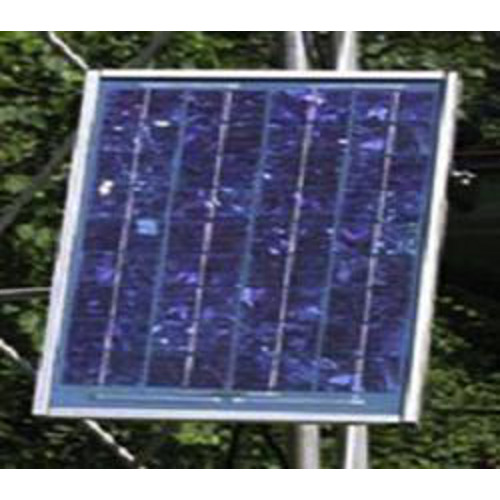

Batch Process Dip Cell Chlorinator

Batch Process Fixed Cell Chlorinator
Products from MACHINE TOOLS, POWER & HAND TOOLS Category
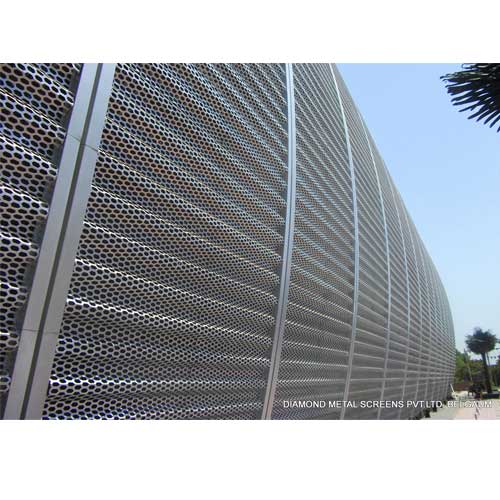

Versatile Machining Capability Through Ram Type Milling & Grinding Heads
